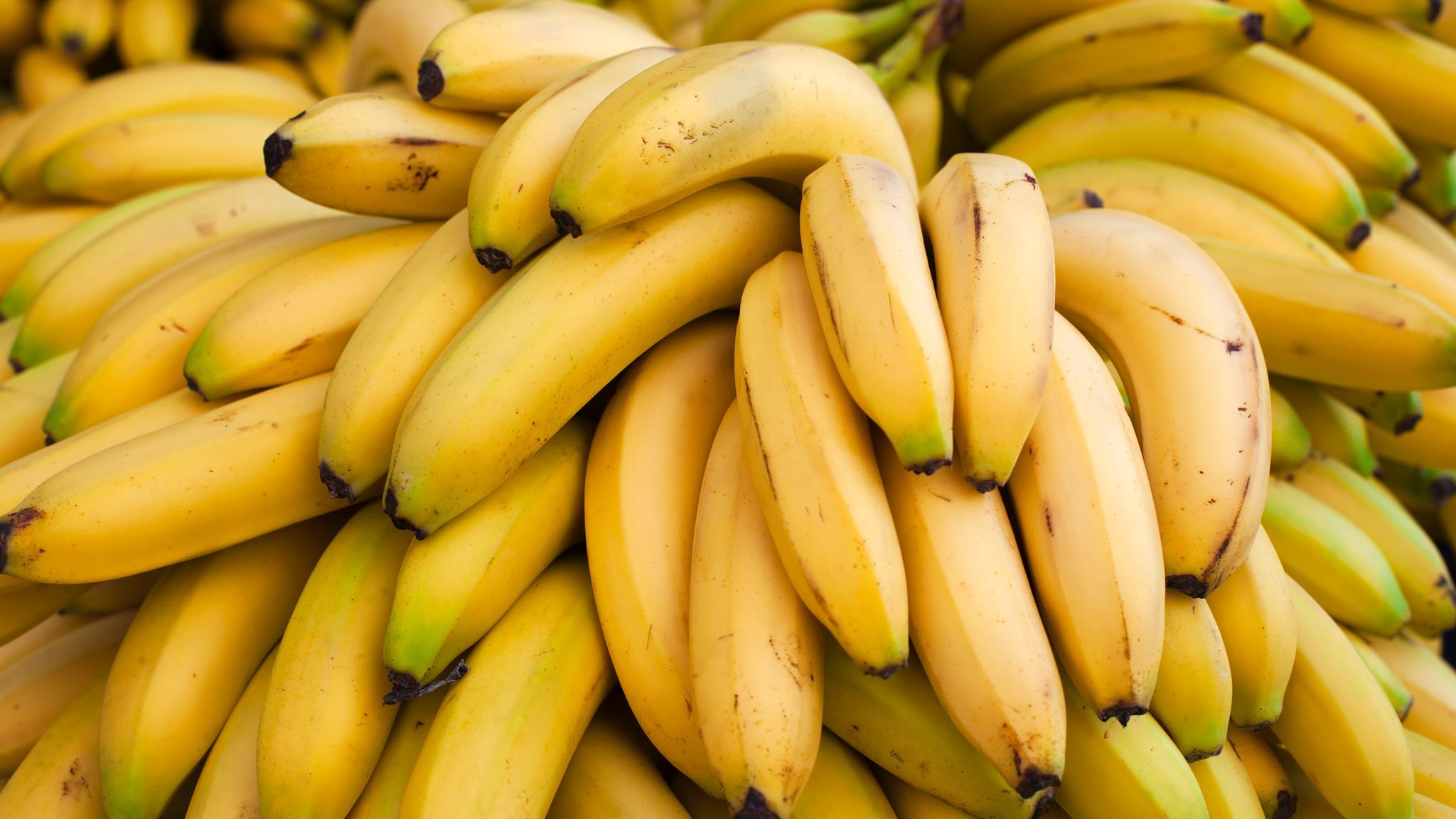Banana is a popular and economically important crop grown in many parts of the world. It is not only consumed as a fruit but also used in various culinary preparations. Growing bananas can be a profitable venture if done in an efficient and sustainable manner. In this article, we will discuss how to grow bananas and the most effective methods of irrigating banana crops.
Why Banana is a Great Choice to Grow Economically?
Bananas are a great choice to grow economically for several reasons. Firstly, bananas have a high demand in the market due to their versatility and nutritional value. They are consumed worldwide, making them a profitable crop to cultivate. Additionally, bananas have a relatively short growing cycle compared to other crops, allowing for multiple harvests in a year.
Furthermore, bananas are relatively low-maintenance plants and can adapt to a wide range of climatic conditions. They can be grown in both tropical and subtropical regions, making them accessible to a large number of farmers. The ability to grow bananas in diverse environments increases their economic viability.
What is Necessary to Grow Banana?
To grow bananas successfully, several factors must be considered. Firstly, bananas require a tropical or subtropical climate with temperatures ranging between 20 to 30 degrees Celsius (68 to 86 degrees Fahrenheit). They also need a well-drained soil with a pH level between 5.5 and 7.0.
Banana plants thrive in areas with abundant sunlight, preferably receiving at least 6 to 8 hours of direct sunlight each day. Adequate spacing between plants is crucial to allow for proper air circulation and prevent the spread of diseases. Additionally, regular fertilization and pest control measures are necessary to ensure healthy growth.
How to Water Banana in Most Efficient and Modern Irrigation Methods?
Watering banana crops efficiently is essential for optimal growth and yield. Traditional irrigation methods such as flood irrigation can lead to water wastage and inefficient water distribution. Modern irrigation methods, on the other hand, can significantly improve water-use efficiency and reduce water consumption.
One of the most efficient irrigation methods for banana cultivation is drip irrigation. Drip irrigation delivers water directly to the root zone of the plants, minimizing water loss due to evaporation or runoff. It also allows for precise control of water application, ensuring that the plants receive the right amount of water at the right time.
Another effective irrigation method for bananas is micro-sprinkler irrigation. This system uses low-pressure sprinklers to distribute water evenly across the field. Micro-sprinklers can be adjusted to deliver water in a fine mist, reducing water loss through evaporation. They are particularly useful in areas with low humidity.
A Guide with Detailed Instructions for Perfect Irrigation Setup to Grow Banana
To set up a perfect irrigation system for growing bananas, follow these detailed instructions:
-
Evaluate your field: Assess the topography, soil type and water availability of your field. This information will help determine the most suitable irrigation system for your banana crop.
-
Design your irrigation system: Based on the field evaluation, design an irrigation system that includes the appropriate combination of drips, sprinklers, valves, filters, fittings, hoses and lay flat pipes. Consider factors such as water source, water quality and field size.
-
Install the irrigation system: Install the irrigation system according to the design plan. Ensure that all components are properly connected and aligned. Test the system for leaks or malfunctions before proceeding.
-
Set up a timer or controller: Install a timer or controller to automate the irrigation process. This will allow you to schedule irrigation cycles based on the specific water requirements of your banana crop.
-
Monitor and adjust: Regularly monitor the performance of your irrigation system. Check for any clogged drippers or malfunctioning sprinklers. Adjust the watering schedule based on weather conditions and the growth stage of the banana plants.
-
Maintain the system: Clean filters and replace worn-out components as needed. Regular maintenance will ensure the longevity and efficiency of your irrigation system.
Promoting DripPro Irrigation Systems for Banana Growers
DripPro Irrigation Systems is a leading manufacturer of high-quality irrigation products. Their range of drips, sprinklers, valves, filters, fittings, hoses and lay flat pipes is specifically designed to meet the needs of banana growers.
Using DripPro irrigation products can greatly benefit banana growers' agricultural business in several ways. Firstly, their drip irrigation systems ensure efficient water usage by delivering water directly to the root zone of the plants. This reduces water wastage and lowers water consumption, resulting in cost savings for farmers.
Secondly, DripPro's sprinklers provide uniform water distribution, ensuring that all banana plants receive an adequate amount of water. This promotes even growth and reduces the risk of water stress or nutrient deficiencies.
Furthermore, DripPro's high-quality valves, filters, fittings, hoses and lay flat pipes guarantee durability and reliability. These components are designed to withstand the harsh conditions of agricultural environments, minimizing maintenance and replacement costs for farmers.
In conclusion, growing bananas can be a profitable venture if done in an efficient and sustainable manner. By implementing modern irrigation methods such as drip irrigation and utilizing high-quality products from DripPro Irrigation Systems, banana growers can optimize water usage, increase yield and enhance their agricultural business.

